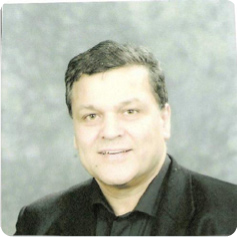References
Factors involved in tissue-lifting threads

 Dr Irfan Mian
Dr Irfan Mian
Non-surgical repositioning of the face, neck and other parts of the body's tissues can be achieved using a variety of materials. Repositioning of the tissues using threads is a more accurate term than ‘tissue-lifting’, which is in common use. However, the latter term will be used in this article, and the reader should be aware of the subtle difference.
The threads that are referred to in this article are made of polydioxanone (PDO)—a safe and bio-compatible material that has a long history of use in surgery (Suh et al, 2015). PDO threads have been shown to give great clinical results, with a high degree of satisfaction from both the patient and the clinician (Unal et al, 2019).
To understand how tissue-lifting threads work and allow the facial tissues to ‘slide’ in the desired direction, an understanding of the facial vector forces and cellular remodeling factors is needed. These factors will determine the direction, number, type and size of thread to be used, so that the best tissue lift is achieved.
Register now to continue reading
Thank you for visiting Journal of Aesthetic Nurses and reading some of our peer-reviewed resources for aesthetic nurses. To read more, please register today. You’ll enjoy the following great benefits:
What's included
-
Limited access to clinical or professional articles
-
New content and clinical newsletter updates each month


